Introduction
The Russian Navy includes, in addition to its surface, submarine, and aviation forces, Coastal Troops which are a separate branch of service within the Navy. Their mission is providing protection for naval bases as well as forces and facilities on the coastline against enemy naval, air, and amphibious attacks.
Coastal Troops, in turn, include two types of forces: coastal missile units, and naval infantry. Main organizational structures are brigades, regiments, and battalions.
Coastal Missile Forces include stationary and mobile missile systems and coastal artillery units.Their task is to destroy surface ships, coastal facilities, amphibious task forces, and protecting naval bases and their land facilities, as well as ground forces operating in coastal regions. Moreover, CMF may be used to destroy enemy naval bases and ports.
Naval Infantry is also a type of coastal forces specially prepared for amphibious operations, protection of naval bases, important shore facilities and sectors. Naval Infantry units may operate independently to seize enemy bases, ports, and sectors of the coastline. When the main component of the amphibious task force consists of Ground Forces units, Naval Infantry forms the first wave in order to seize a bridgehead and allow the main force to disembark.
DEAR FRIENDS. IF YOU LIKE THIS TYPE OF CONTENT, SUPPORT SOUTHFRONT WORK:
PayPal: southfront@internet.ru
Donation alerts: https://donationalerts.com/r/southfront
Gumroad: https://gumroad.com/southfront
Or via: http://southfront.org/donate/ or via: https://www.patreon.com/southfront,
BTC: 3Gbs4rjcVUtQd8p3CiFUCxPLZwRqurezRZ,
BCH ABC: qpf2cphc5dkuclkqur7lhj2yuqq9pk3hmukle77vhq,
ETH: 0x9f4cda013e354b8fc285bf4b9a60460cee7f7ea9
The total strength of Coastal Forces varies from 17 to 35 thousand troops, according to various estimates. This is due to each Naval Infantry and Ground Forces brigade strength being different, due to their unique missions. Naval Infantry is likely not stronger than 12,000 troops. Here one should note that starting in 2017, Coastal Forces started including army corps, operational-level formations whose mission are offensive and defensive operations on a single operational direction. Motorized rifle units of the army corps are used to cover and defend naval bases and their approaches. In some cases, MR units may be used as a reserve for Naval Infantry units (200th MR Brigade assigned to the Northern Fleet Coastal Forces). The main task of Naval Infantry are amphibious operations to seize bridgeheads for the main amphibious force, and seizing enemy naval bases.
Now we shall discuss the most important fleets.
Northern Fleet
Russia views the Arctic as the most important resource base of the 21st century, with strategic importance. Therefore protection of Arctic shelf, the Northern Maritime Route, and the north-western passage are all of crucial importance, since in the past NF was concentrated in the western part of the Arctic region, while its operational zone did not extend to the west of Taimyr peninsula. In December 2014, Russia formed the Northern Fleet Unified Strategic Command (USC) headquartered in Severomorsk. Its mission is the protection of Russian economic interests in the Arctic, from Murmansk to Anadyr. NF USC ensures a unified command for surface, submarine, air, coastal, and air defense forces.
NF Coastal Forces include 1 Naval Infantry brigade, 1 rocket and artillery brigade, and 2 motor rifle brigades. The rocket and artillery brigade covers the nuclear submarine base, while the Naval Infantry has the mission of seizing or preventing the seizure of a bridgehead in the region. The 14th Army Corps has been formed in April 2017 to protect Russian interests in the Arctic, with the 80th and 200th Separate Motor Rifle Brigades. They have the mission of operating in the second echelon behind the NI brigade, or to defend the Arctic coastline independently.
Black Sea Fleet
BSF has the mission of ensuring Russia’s security in the southern direction. January 2017 saw the 126th Separate Coastal Defense Brigade, 127th Reconnaissance Brigade, 8th Separate Coastal Artillery Regiment organized into the 22nd Army Corps, whose task is to be ready “to launch counterattacks in collaboration with other units on the peninsular, chiefly with the use of strike aviation and all types of artillery”.
BSF Coastal Forces include many heterogeneous units. The 810th Naval Infantry Brigade has the mission of seizing or preventing the seizure of a bridgehead. The 127th Reconnaissance Brigade conducts special operations. The 126th Brigade is used to provide reinforcements for other units and is the core of the 22nd Army Corps.
The 11th Separate Coastal Rocket and Artillery Brigade protects Novorossiysk. The 15th Separate Coastal Rocket and Artillery Brigade protects the main BSF base in Sevastopol. The 854th Separate Coastal Rocket Regiment collaborates with the 15th Brigade. The 9th Separate Artillery Regiment reinforces the 126th Brigade, and some of its units protect the Perekop crossing into the Crimea. The 382nd Separate Naval Infantry Battalion provides security in the Azov Sea region.
Baltic Fleet
BF missions include protecting Russia’s interests in the Baltic Sea region, protecting its economic zone and shipping, and conducting joint operations with other Russian naval forces (mainly the Northern Fleet in north Atlantic) in the global ocean.
The Baltic Fleet includes the 336th Guards Separate Naval Infantry Brigade, whose mission is to seize or prevent the seizure of a bridgehead. The 152nd Guards Separate Rocket Brigade strikes enemy command points and infrastructure. The 244th Guards Separate Artillery Brigade protects Kaliningrad against an attack from the sea. The 25th Separate Coastal Missile Regiment of the Naval Infantry protects Kaliningrad against an attack from the sea. The 7th Guards Separate Motorized Rifle Regiment and 79th Guards Separate Motor Rifle Brigade reinforce BF forces in the region. All of these units, except for the 336th Brigade, are part of the 11th Army Corps tasked with protecting the Kaliningrad Defense Area in the event of worsening of the international situation. The 336th Brigade is operationally subordinated to the fleet HQ.
Pacific Fleet
PF ensures Russia’s security and interests in the Asia-Pacific Region. Its main missions are:
- Protecting economic zone and industrial activity areas, interdicting poaching;
- Supporting naval strategic deterrent in permanent readiness;
- Ensuring the safety of shipping;
- Political missions in economically-important regions (ship visits, business visits, joint exercises, international peacekeeping, and others).
PF Coastal Forces include 2 Naval Infantry brigades, and one each missile and missile-artillery brigade. Each approach (Vladivostok and Kamchatka) is covered by a Naval Infantry and missile/artillery brigade.
Caspian Flotilla
CF zone of responsibility extends to the Caspian Sea region, where it is the most powerful naval force. The main mission is protecting state interests and preventing terrorism. Coastal forces include 2 NI battalions, which have been organized into a NI regiment, and one missile battalion.
Conclusions
Given the importance of Northern, Black Sea, Baltic fleets for Russia, and following an analysis of the information cited above, the following characteristics of Coastal Forces’ organization for each fleet become apparent.
Baltic and Black Sea fleets have the task of preventing potential adversaries’ naval operations in their respective seas. Given the small size of these seas, it is difficult to operate large enemy naval task forces there. The range of tactical and operational readiness exercises involving land and naval forces and rehearsing offensive operations and rapid deployment of forces on European territory cannot but cause concern in Russia. Therefore these seas are covered by small missile ships, diesel submarines, coastal missile batteries, aviation, and air defenses. It is a de-facto implementation of the A2/AD (anti-access area denial) concept, where short-range ballistic missiles, air defenses, and anti-ship cruise missiles create a zone where enemy forces cannot operate without risking destruction. The Baltic Fleet has fully implemented this concept. This is so far the only fleet whose Coastal Forces have not only anti-ship missiles (Bal, Bastion systems) but also short-range ballistic missiles (Iskander). As far as Crimea is concerned, in addition to Bal and Bastion it boasts 4 battalions of S-400 air-defense systems located in Feodosiya, Evpatoria, Sevastopol, and on the border with Ukraine. Media reported that at least one Bal system has been sent to the Kerch area in early December 2018, after the incident with Ukrainian gunboats and Russian Maritime Border Guards south of the straits.
Northern and Pacific fleets face a very different situation. The huge size of the seas adjacent to the Northern Arctic and Pacific forces these navies to have ships capable of operating far from own bases. In this case the emphasis is on submarine and surface forces. It does not appear possible to apply the A2/AD concept by deploying ballistic and anti-ship cruise missiles, the flight time from land airbases is too great, and a large Coastal Forces grouping of Naval Infantry or motor rifles is an economically and demographically unaffordable proposition.
Although the 14th Army Corps cannot be compared to the 11th or the 22nd Corps when it comes to composition or strength, it does include formations unique in the entire Russian Armed Forces (the 80th and 200th MR Brigades) capable of operations in the far north. They have suitably adapted equipment for extremely low temperatures, and an appropriate training regimen.
It’s worth adding a few words about the Caspian Flotilla. The city of Kaspiysk will see the construction of a naval base with extensive support infrastructure, to be completed by 2022. This city was not chosen by accident, since it’s convenient for basing ships and naval infantry which have direct access to the open waters of the Caspian to accomplish their missions. Considering the geographical aspects of the sea, the flotilla acquires importance as an invulnerable strike asset, capable of exerting regional non-nuclear strategic deterrence. One should also consider the fact that the battalion which was located in Astrakhan (in the north of the Caspian) was relocated closer to its center, and both battalions were combined into a regiment. This will have a positive impact on training, deployment speed, and readiness to perform assigned missions.
When it comes to weapons, coastal rocket and artillery units possess missile systems and artillery capable of effective action against enemies within effective range of their weapons. Naval Infantry also has sufficiently modern weapons. Meanwhile, there are many organizational problems. The existing Naval Infantry force can carry out only a limited range of missions: tactical amphibious landings (or a single operational-level one), defending 2-3 large land bases, anti-amphibious defense of 1-2 most vulnerable coastline sectors. The number of brand new missile systems is still too low to ensure effective coast defense. The Pacific Fleet situation is wholly unsatisfactory. It has the smallest Coastal Forces component. It’s possible it’s due to the selection of priorities in Russia’s Naval Doctrine, which places emphasis on the Arctic and Atlantic. However, the Russian Far East has colossal resources, particularly in the exclusive economic zone and on the continental shelf. At the same time the region has low population and is rather isolated from the country’s main industrial regions. This situation is made worse by the rapid economic and military expansion of neighboring countries in the Asia-Pacific region, exerting considerable influence on economic, demographic, and other processes in the region.
Also a few words about the amphibious fleet. While small vessels are being gradually replaced with new ones, there are grounds for pessimism when it comes to big ships. Some Project 1171 ships have been in service for half a century. Most of the Project 775 ships have been in service for 30 years, some over 40 o rmore.
Development Directions
Given the current situation, there are two viable and inter-related concepts for Coastal Forces: A2/AD and “coast vs. fleet”. The Russian Navy will be able to perform operational missions in the world ocean only after the next 10-15 years relying only on the well-developed coastal infrastructure, all types of coastal defense systems, and also on reliable defense of naval bases against attack from land or sea. It will not be possible to restore Russian Navy’s required qualitative and quantitative strength in a more rapid fashion. Therefore the following measures should be implemented.
Coastal Missile/Artillery Forces. Rearm with modern anti-ship missiles, increase number of brigades to a number sufficient for overcoming enemy task force air defenses.
Naval Infantry: Include at least 2-3 MR brigades in Pacific Fleet’s Coastal Forces, which would operate as a second echelon for Naval Infantry as in the Northern Fleet. Form at least one more Naval Infantry brigade in the Northern Fleet, and add another MR brigade to the second echelon.
As far as Coastal Forces future is concerned, in the near future one should complete the development of the future coastal missile system capable of firing more than one missile type and deploying it with coastal missile units. Naval Infantry brigades should improve their ability to operate in various climactic conditions through training and specialized equipment for Arctic operations and provision of universal amphibious vessels. In the longer term, there are plans to create a high-mobility amphibious combat vehicle for operations in all climate zones and regions, including Arctic, and develop automated missile systems to engage aerial, submarine, and space targets.
Conclusion
One may draw the conclusion that Russia’s political leadership is worried by the increase in strength of adversary forces on its maritime frontiers. As a result, we have seen an extensive deployment of Coastal Forces in the northern, western, and southern theaters. The fact that half of these units were formed in the last few years is only an additional indicator. Given the inability to renew the Navy in a short time, forming army corps within fleets and providing the latest anti-ship missile systems are currently the only way to preserve the country’s integrity and sovereignty.
Reference Information
Current State of the Coastal Forces
Organizational Structure (without support units)
Pacific Fleet
40th Separate Naval Infantry Brigade (Petropavlovsk-Kamchatskiy). Formed in 2007 from the 40th Separate MR Brigade. Covers the north-eastern direction.
155th Separate Naval Infantry Brigade (Vladivostok). Together with the coastal missile and artillery units, it is the core of the fleet’s amphibious forces. Formed in 2009 from the 165th Naval Infantry Regiment of the 55th Naval Infantry Division.
71st Separate Coastal Missile Brigade (Smolyaninovo, Maritime Province). Formed in 2014. Provides protection for Vladivostok naval base. It has been receiving Bal missile systems since 2014, and has received a battalion of Bastion missiles in 2016.
520th Separate Coastal Missile/Artillery Brigade (environs of Petropavlovsk-Kamchatskiy). Formed in 1992. Uses Bastion anti-ship missiles. Frequent winner in live-fire competitions, earning the Navy Supreme Commander Prize.
1532nd Separate Air Defense Missile Regiment (Petropavlovsk-Kamchatskiy). Being rearmed with S-400.
Northern Fleet
61st Separate Naval Infantry Brigade (village Sputnik, Murmansk region). Formed in 2014 on the basis of a Naval Infantry regiment of the same number. Part of the 14th Army Corps of the Northern Fleet.
80th Separate MR Brigade (Arctic) (village Allakurti, Murmansk region). Formed in 2014. Its mission is to control territory between Murmansk and the Novosibirsk Islands in operational collaboration with units from VDV and Naval Infantry from the Pacific Fleet.
200th Separate MR Brigade (Arctic) (Pechenga). Subordinated to the Northern Fleet in 2012, serves as the reserve for the 61st Brigade with the task of covering the land component of Russia’s norther border. In spite of being a MR unit intended to operate on land, brigade’s reconnaissance units are fully airborne-qualified.
536th Separate Missile/Artillery Brigade (Snezhnogorsk, Olenya Guba). Protects NF submarine forces, being rearmed with Bastion.
Black Sea Fleet
810th Guards Separate Naval Infantry Brigade (Sevastopol). Formed in 1967. This unit has actively participated and is participating in regional and local armed conflicts.
126th Separate Coast Defense Brigade (Perevalnoye, Simferopol region). Formed in 2014 from the 36th Separate Coast Defense Brigade of the Ukrainian Armed Forces.
127th Reconnaissance Brigade (Sevastopol). Formed in 2015.
11th Separate Coastal Missile/Artilery Brigade (Utash, Anapa). Formed in 2014 from the 40th Separate Coastal Missile Regiment. Armed with Bastion and Redut missile systems, and Bereg artillery systems.
8th Separate Coastal Artillery Regiment (Simferopol). Formed in 2014. Armed with Msta-S howitzers, Smerch MRLs, Khrizantema-S SP ATGMs.
854th Separate Coastal Missile Regiment (Sevastopol). Armed with Rubezh.
382nd Separate Naval Infantry Battalion (Temryuk, Krasnodar Krai). The only NI unit on the Sea of Azov.
1096th Separate Air Defense Missile Regiment (Sevastopol). Armed with Buk-M2, planned rearmament with Buk-M3.
Baltic Fleet
336th Guards Separate Naval Infantry Brigade (Baltiysk, Kaliningrad region). Formed in 1979 from NI regiment of the same number.
152nd Guards Separate Missile Brigade (Chernyakhovsk, Kaliningrad region). Part of the BF Coastal Forces since 1997. Rearmed with Iskander in 2017.
244th Guards Separate Artillery Brigade (Kaliningrad). Armed with Bereg.
25th Separate Coastal Missile Regiment of the Naval Infantry (Donskoye, Kaliningrad region). Formed in 1960, armed with Rubezh, being rearmed with Bal and Bastion since 2016.
7th Guards Separate MR Regiment (Kaliningrad). Part of Coastal Forces since 2002.
79th Guards Separate MR Brigade (Gusev, Kaliningrad region). Part of Coastal Forces since 2002.
22nd Guards Separate Air Defense Missile Regiment (Kaliningrad). Armed with Tor SAMs.
Caspian Flotilla
The battalions listed below have been combined in December 2018 into the 177th Naval Infantry Regiment based in Kaspiysk, Dagestan:
414th Separate NI Battalion (Kaspiysk, Dagestan). Formed in 1999 out of subunits detached from various fleets.
727th Separate NI Battalion (Astrakhan). Formed in 2009 from the 77th Separate NI Brigade. Main mission is the protection and defense of Caspian Flotilla facilities.
46th Separate Coastal Missile Battalion (Kaspiysk, Dagestan). Armed with Bal.
Coastal Forces Weaponry
Missile and Artillery Systems
Redut. Used against all types of surface ships.
Rubezh. Used against all types of surface ships.
3K60 Bal. Used to control territorial zones and straits, protecting naval bases and other coastal infrastructure and facilities, defending coastline against amphibious assault. An all-weather system with fully autonomous guidance effective against hard-kill and soft-kill systems.
3K55 Bastion. Used against all types of surface ships and radar-reflective land targets, effective against hard-kill and soft-kill systems.
A-222 Bereg. Used to strike small and medium surface ships, including fast ones with speeds up to 180km/hr, in immediate proximity to the coastline. May also be used to strike land targets.
Structure
Redut: Each battalion has 5-6 batteries, 3 SPU-35B per battery.
Rubezh: Each battalion has 4 3S51 SP launchers, 4 reloaders, and an optional 40V6 surveillance radar.
3K60 Bal: Each battalion includes up to two command point vehicles, up to 4 SP launchers with 8 Kh-35 (3M24) missiles each, up to 4 reloaders.
3K55 Bastion: Each battalion includes 4 K-340P SP launchers with two Oniks missiles each, 1-2 command vehicles, 1 support vehicle, 4 reloaders.
A-222 Bereg: Each battalion has 2-3 batteries of 1 A-222Ts1 command post, up to 6 A-222B1 artillery systems, 1-2 A-222D1 support vehicles.
Naval Infantry Weapons
MBTs: 250 (Mainly T-72 variants).
APCs: 1000, incl. 200 MTLB, 100 BTR-80, 600 BTR-82.
IFVs: 400 BMP-2.
SP Artillery: 365, incl. 95 2Sp, 50 2S3, 18 2S19, 30 2S9, 12 2S23.
Towed Artillery: 124, incl., 50 2A36, 50 2A65, 24 2B16.
MRLs: 36 9K51
Large Amphibious Ships
Project 11711: 1 ship
Displacement 5500 t, speed 18 kn, range 3500 miles. May carry 13 MBTs, or up to 36 APCs/IFVs and 300 troops.
Proect 1171: 4 ships
Displacement: 3400t, speed 17kn, range 4800 miles at 16 kn. May carry 22 tanks or 50 APCs and 313 troops (Vilkov and Filchenkov: 400 troops).
Project 775: 15 ships.
Displacement 2900t, speed 17.5kn, range 3500 miles at 16 kn. May carry 13 tanks or 20 APCs, 150 troops.
Small Amphibious Ships and Cutters
Project 1232.2 Zubr: 2 hovercraft
Displacement 555 tons, speed 63 kn, range 300 miles at full speed. May carry 3 tanks, 10 APCs, up to 140 troops, or up to 500 when no vehicles carried.
Project 21820 Dyugon: 5 vessels.
Displacement 280 t, speed up to 35 kn at wave height up to .75m, range 500 miles. May carry 2 tanks or 4 APCs, or up to 90 troops.
Project 11770 Serna: 12 vessels
Displacement 105 t, speed 30kn, range 600 miles. May carry 1 tank or 2 APCs or 90 troops.
Project 1176 Akula: 12 vessels
Displacement 107t, speed 11.5kn, range 330 miles. May carry 1 tank or 1 APC or 50 troops.
Amphibious vessels by Fleet




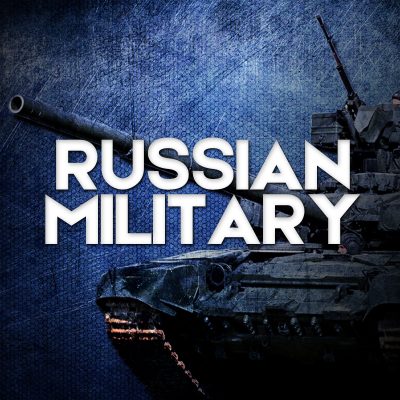
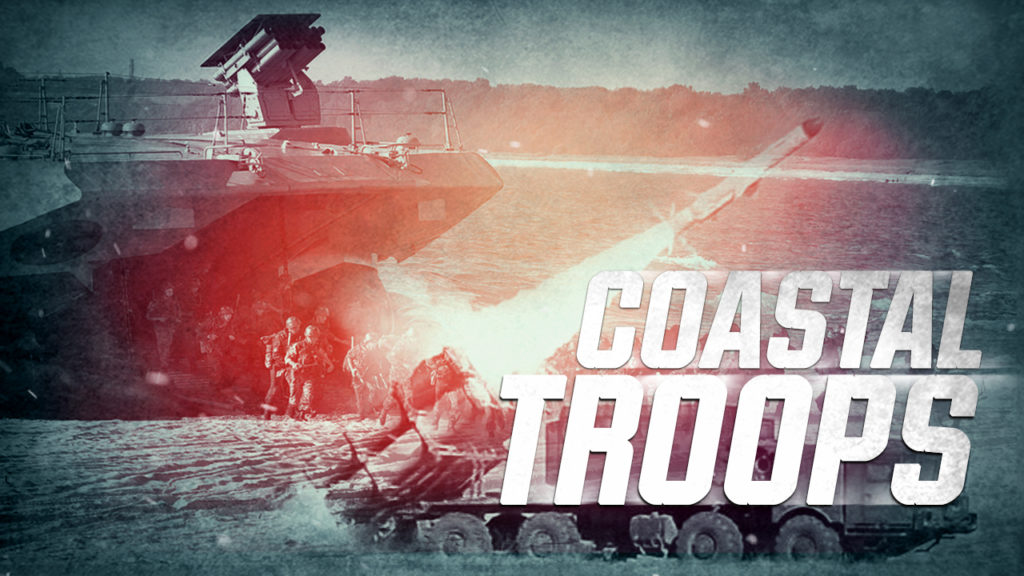
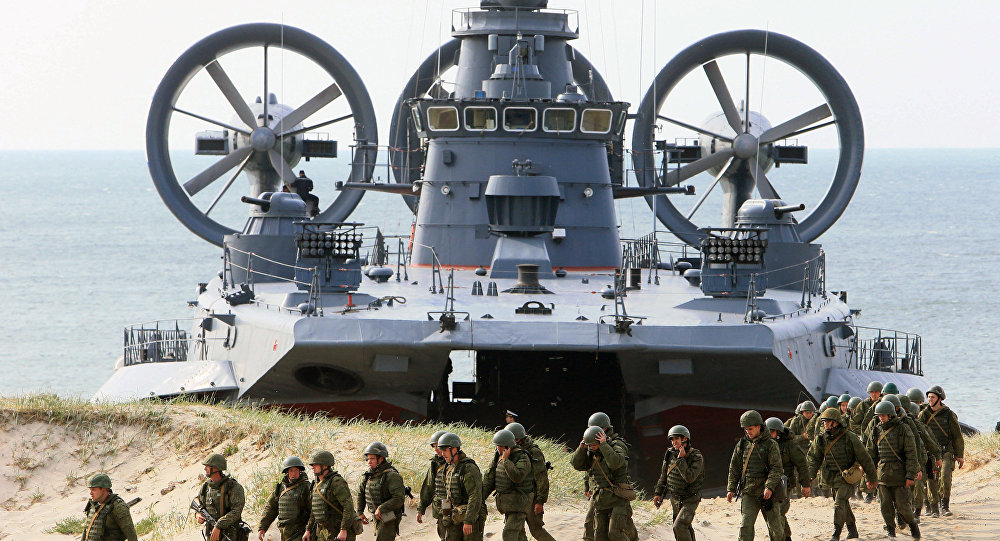
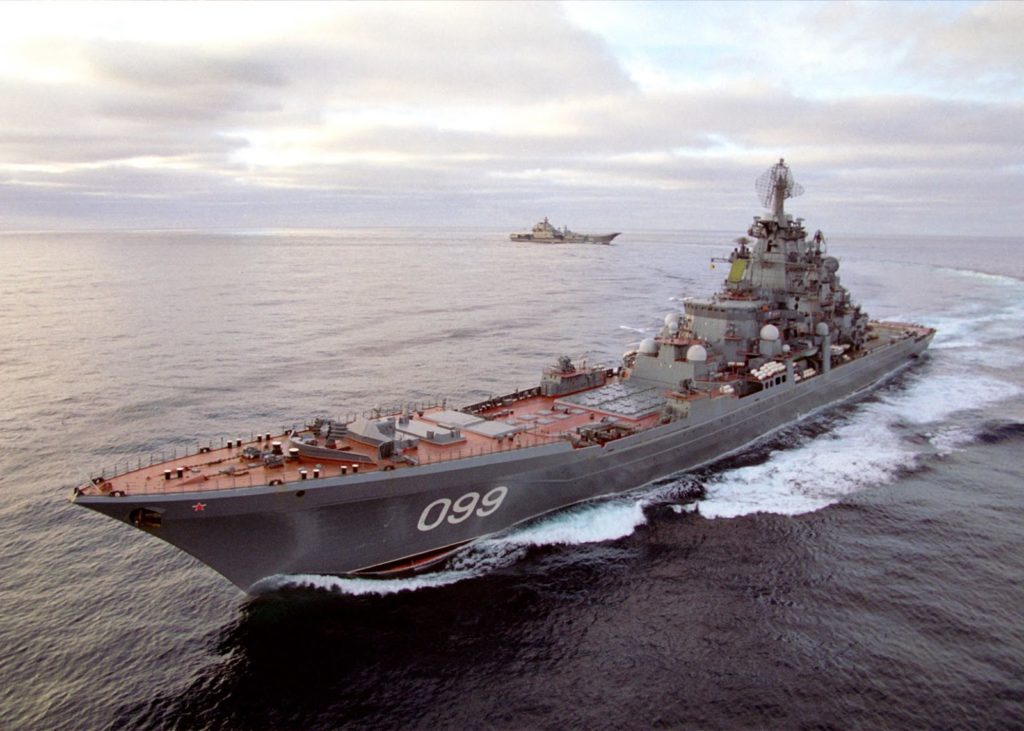
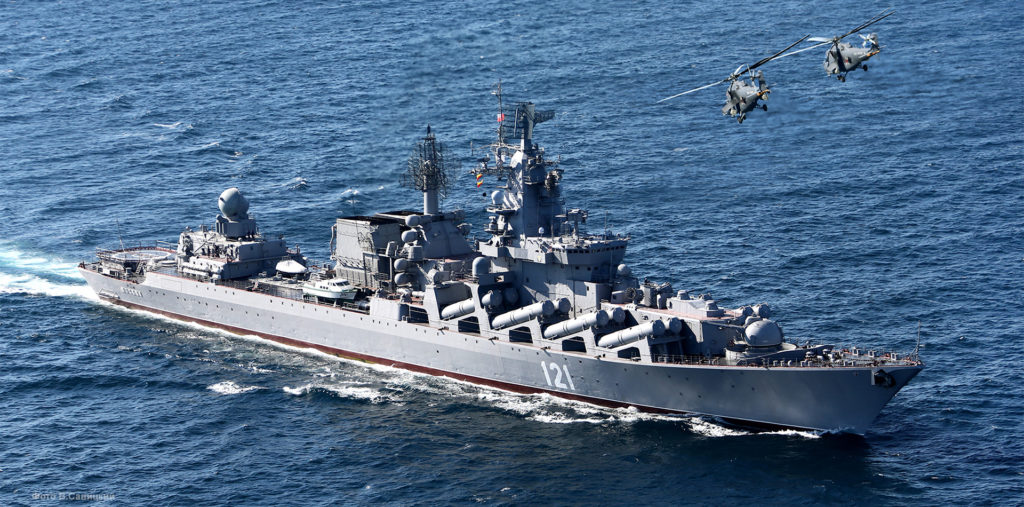
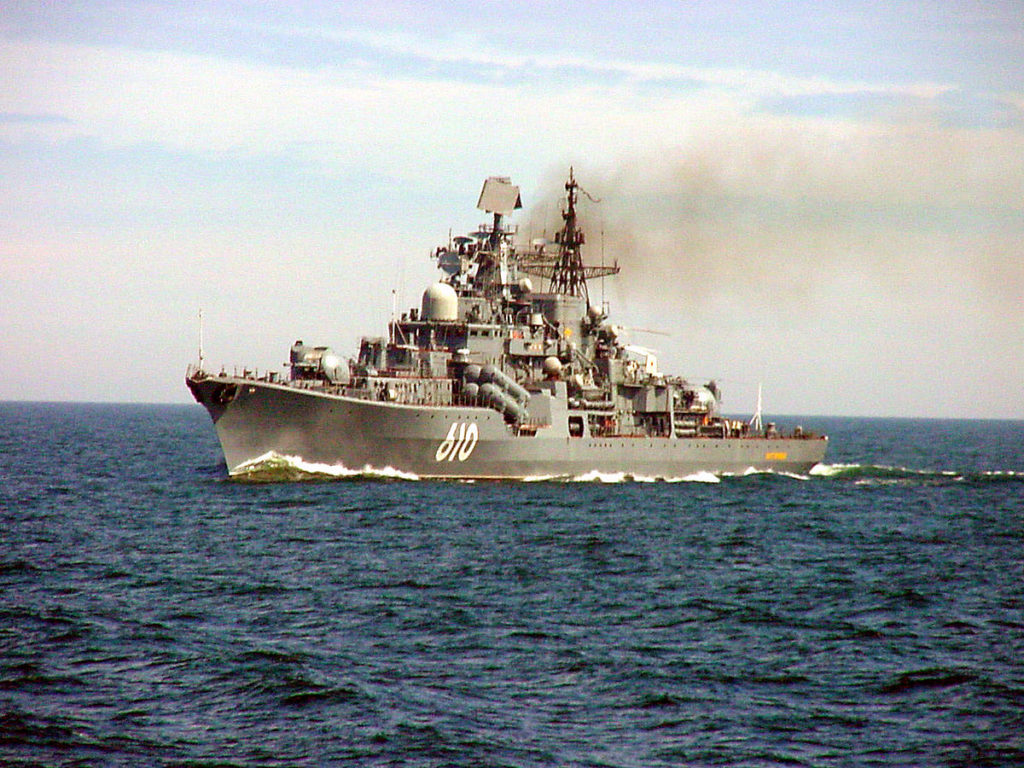


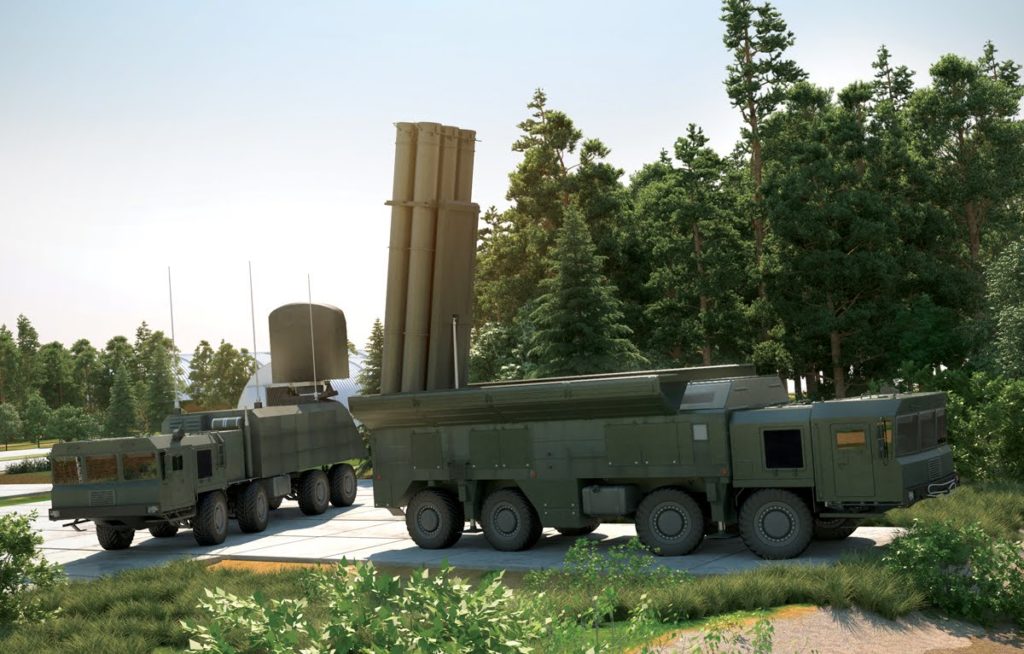
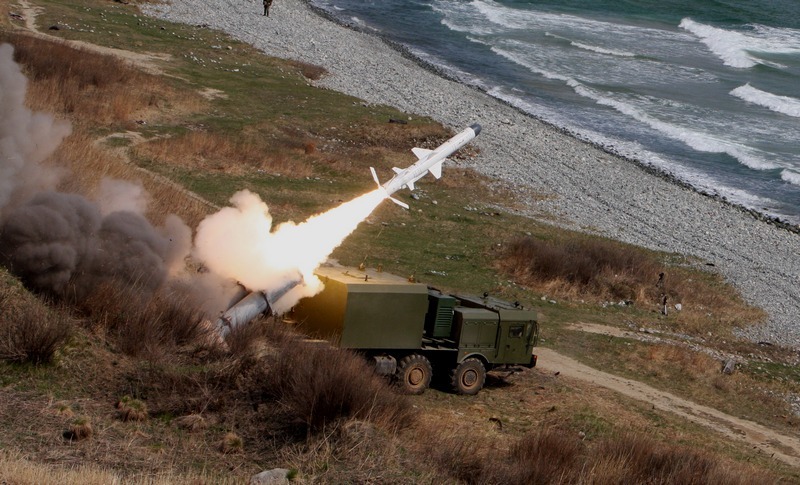
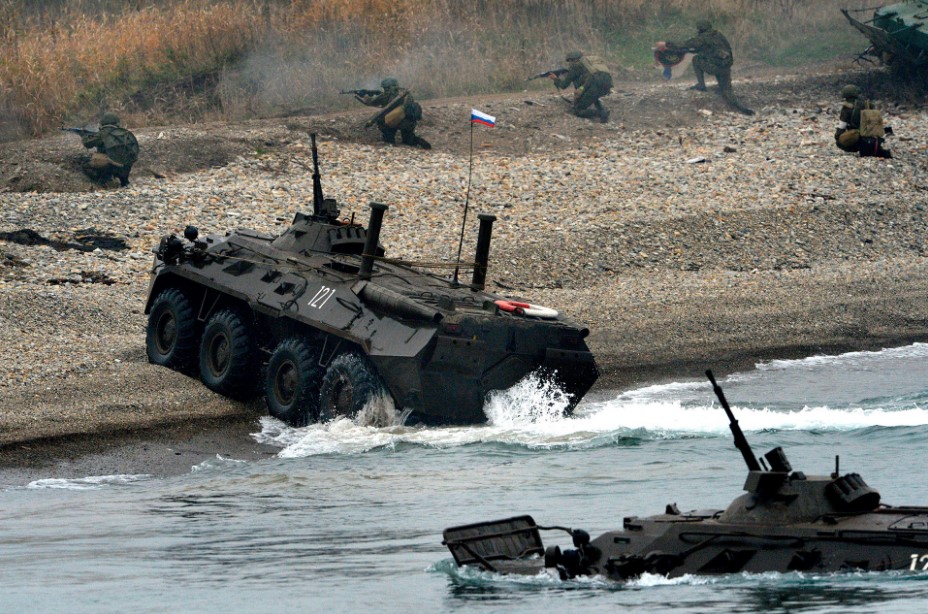


Zubr-class LCAC would be ideal for Black Sea.